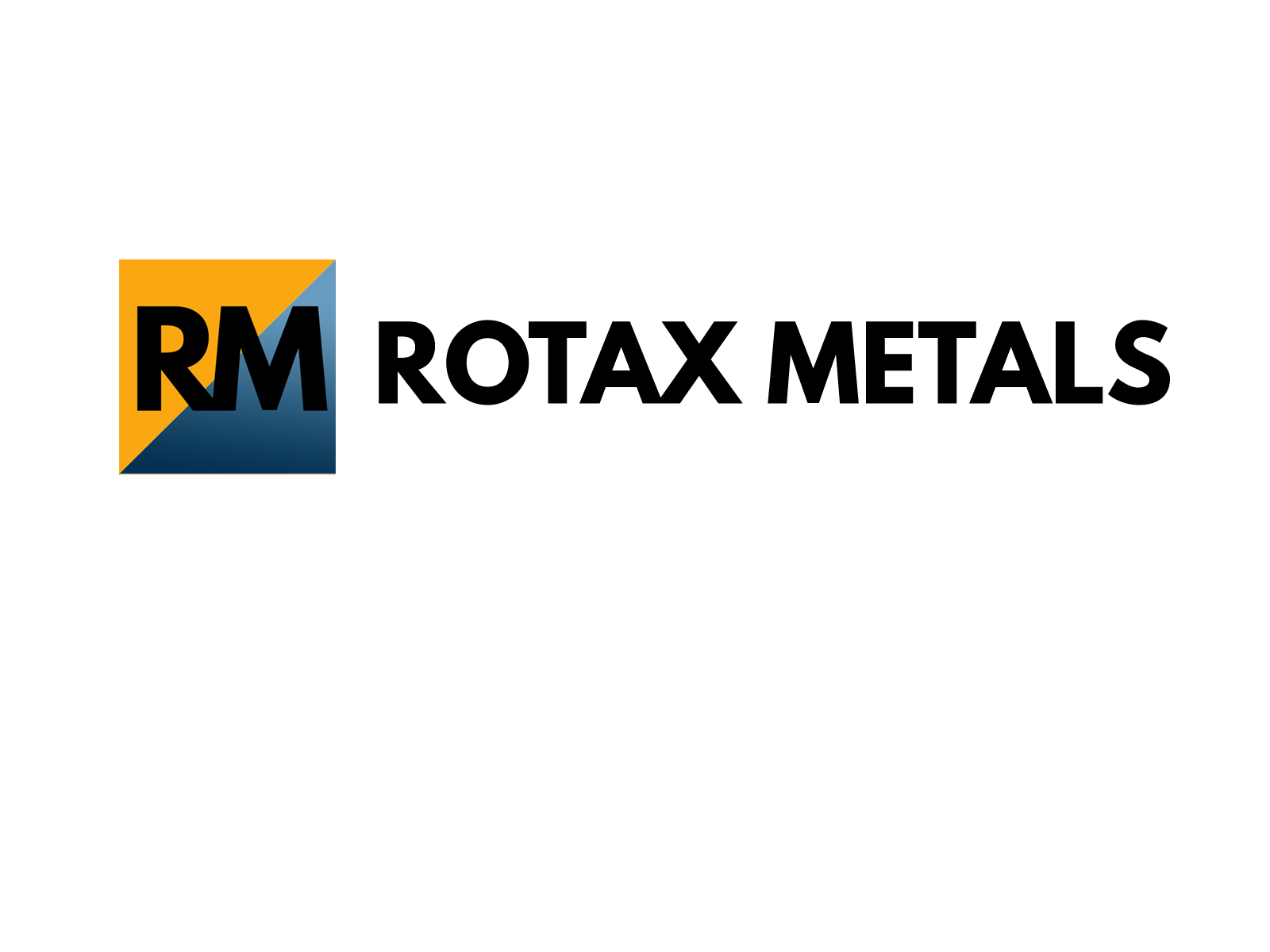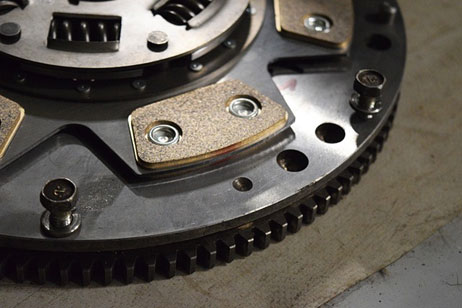There is no denying that brass is one of the most popular metals for crafting ornamental pieces. This is mostly because brass has a unique shine and luster, as well as the fact that it’s a cost-effective material for metalworkers to use. In fact, you probably have more than a few brass items in your home, especially if you are living in an older house or heritage home.
Although brass is renowned for its visual appeal, it doesn’t stay that way forever. Over time, brass will begin to lose a lot of its shine due to tarnish.
Why Does Brass Tarnish?
Brass is not a natural occurring metal like gold or silver. It’s actually a combination of two different metals: copper and zinc. The standard ratio of copper to zinc is 67 percent to 33 percent, although this ratio may change depending on the type of brass the manufacturer requires.
This is important to know because the chemical changes brought about by combining copper and zinc makes brass quite susceptible to a process called oxidation, where the brass interacts with oxygen in the air. The result is “tarnish” or discoloration of the exposed layer.
Tarnish, however, is not irreversible. A good, thorough cleaning and polishing will often be enough to restore the shine and luster of any brass object. How do you polish brass? The process itself isn’t unlike how you would clean any other part of your home. What is important is that you use the right kind of cleaner and polish. The best part is that you don’t really need to buy a chemical brass cleaner. You can easily make brass cleaner and polish from items you already have at home!
Before You Get Started!
There are a few things you’ll need to do before you attempt to polish brass using household items.
First, you’ll need to make sure that what you have on your hands is actually made of brass. The quickest way to check is to press a magnet against the surface. Pure brass is not magnetic so your refrigerator magnet should just slide off. If it sticks, the item in question only has a thin brass coat, which makes the item incompatible with the cleaning methods outlined below.
The best way to polish brass is to make sure the surface is clean. Once you’ve determined that the item is made of pure brass, it’s time to pre-wash it. This will help get rid of dust and dirt build-up, assuring you that the solution you’ll use to polish the item actually comes into contact with the brass itself. A simple mixture of warm water and a mild detergent is more than enough for this step.
Pro tip: Use a microfiber cloth to clean the brass. This will help minimize the risk of accidentally scratching the surface as you clean it. Ideally, you should have two different cloths: one for washing and another for polishing. This will help you avoid accidentally reapplying the dirt and grime back onto the surface of the brass.
Cleaning and Polishing Solutions You Can Make at Home
1. Fresh Lemon Juice and Baking Soda
Prepare a clean, glass bowl. Take a lemon from your refrigerator and and squeeze out its juices into your bowl. Pour a tablespoon of baking soda into the lemon juice. You should notice the mixture fizzle. Mix it slowly into a nice, thick paste. Get a bit of paste onto your microfiber cloth and apply to the tarnished section of the brass item, rubbing in a circular motion. Allow the paste to dry, and then use a damp microfiber cloth to remove the paste. This should leave the surface of the brass looking much shinier than it was previously.
2. Vinegar and Salt
For this polishing solution, you’ll need to find a plastic container large enough to fit the brass object. Once you have a suitable container, grab a bottle of vinegar and a container of table salt. Pour the vinegar and the salt into the container. Mix it until the salt is completely dissolved in the vinegar. Use a microfiber cloth to rub the polishing solution onto to the brass. Once you’ve finished, soak the brass in the solution for 45 minutes to an hour before rubbing the surface of the brass again. Repeat the process as necessary.
Alternatively, you can add flour to the cleaning mixture to form a paste. If you prefer this option, simply follow the same process outlined in the first point.
3. Ketchup
The fastest way to polish brass is to use one of the most beloved condiments in the world: ketchup. It’s the fastest because there’s no advanced preparation necessary. You can simply use the ketchup straight out of the bottle. Squirt some ketchup onto a microfiber cloth and start polishing the surface of the brass. Once you’re happy with the results, use a damp microfiber cloth to clean up the ketchup residue.



